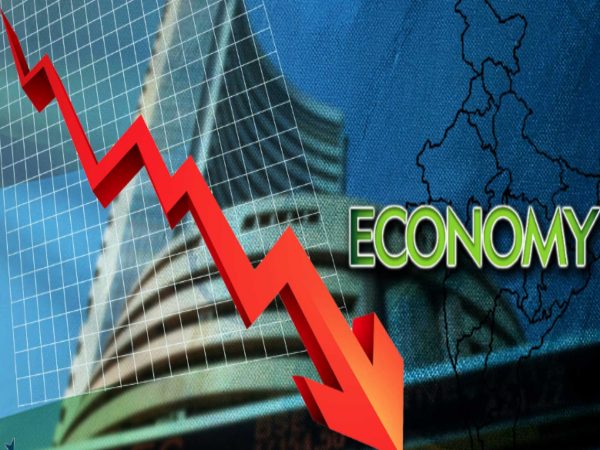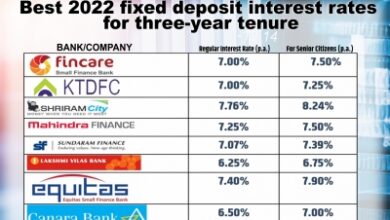NBFCs, HFCs see 55 per cent sequential decline in disbursements in Q1FY22, sharp recovery seen in July

New Delhi : Non-bank Finance Companies (NBFCs) and Housing Finance Companies (HFCs) witnessed about 55 per cent quarter-on-quarter (Q-o-Q) sequential decline in disbursements during the first quarter of the current fiscal as second wave of Covid-19 infections impacted the recovery trend witnessed in previous quarters, research & rating firm ICRA said on Monday.
“Given this subdued disbursements and portfolio rundown in the absence of any moratorium like in Q1FY2021, the asset under management (AUM) for NBFC segment shrunk in Q1FY2022, while the HFC AUM remained flat,” it said.
While the research firm’s interaction with various entities suggested that disbursements revived quite sharply in July 2021 on the back of the pent-up demand, sustainability of the same would depend on the broader macro-economic indicators.
“The second wave has temporarily pushed back the revival for the sector. As a base case, ICRA expects overall disbursements for FY2022 to be higher by about 6-8 per cent on a Y-o-Y basis, on the back of the two consecutive years of Y-o-Y contraction. From an AUM perspective, the sector is expected to grow at 8-10 per cent in FY2022,” said Manushree Saggar, Vice President and Sector Head, Financial Sector Ratings at ICRA.
Saggar noted that growth would be driven by the improvement in demand from all key target segments vis-à-vis FY2021 on the back of a low base.
The asset quality for the non-banks entities weakened quite sharply in Q1FY2022 because of the localised lockdowns imposed by various states on account of the second wave of Covid-19 infections. This impacted the collection process of these entities.
The jump in overdues was the sharpest in the recent past, as borrower level liquidity got stretched as there was no loan moratorium unlike in the last fiscal.
ICRA said that about 45 per cent of the NBFCs loans had availed of the moratorium as of August 2020 and largely from the individual and the MSME loan segments.
It also impacted the fragile recovery in the borrower cash flows, which were affected by the pandemic in the last fiscal.
NBFC credit costs spiked sharply in Q1FY2022 as write-offs remained elevated and provisions went up in view of the increase in the overdues.






